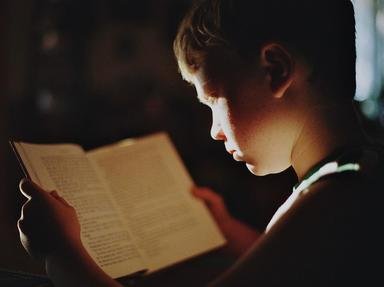
The Fruits of a Writer's Imagination Quiz
This is a photo of a fruit stall at a market. 'What does fruit have to do with literature?' Well, all the writers in this quiz have either written a book, play or or story with a fruit in the title, or created a character with a fruit in their name.
A label quiz
by Kankurette.
Estimated time: 3 mins.
